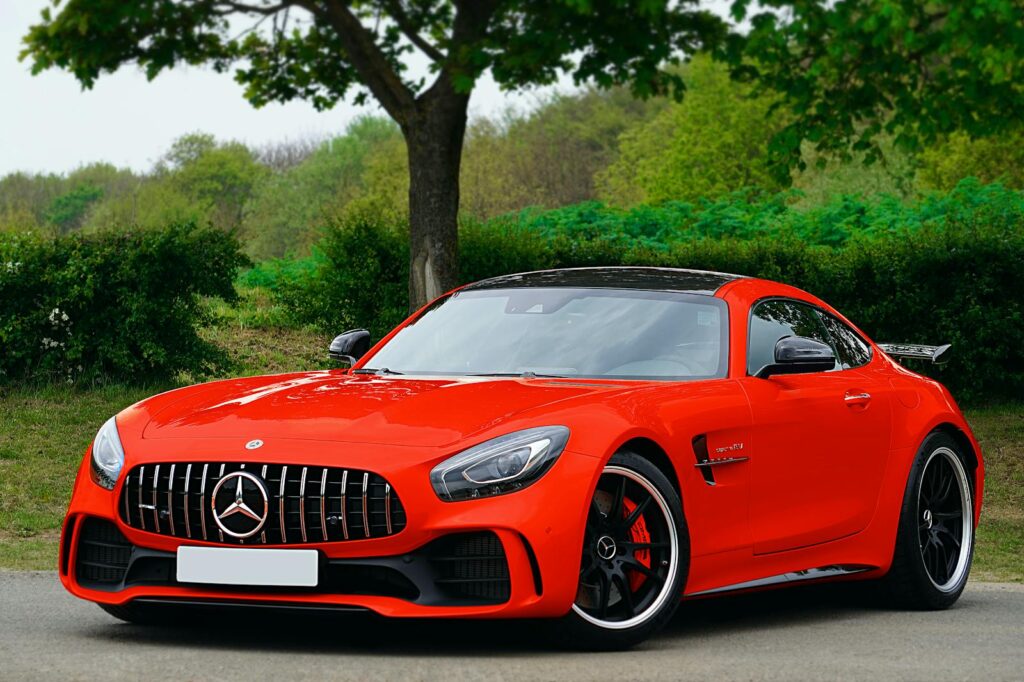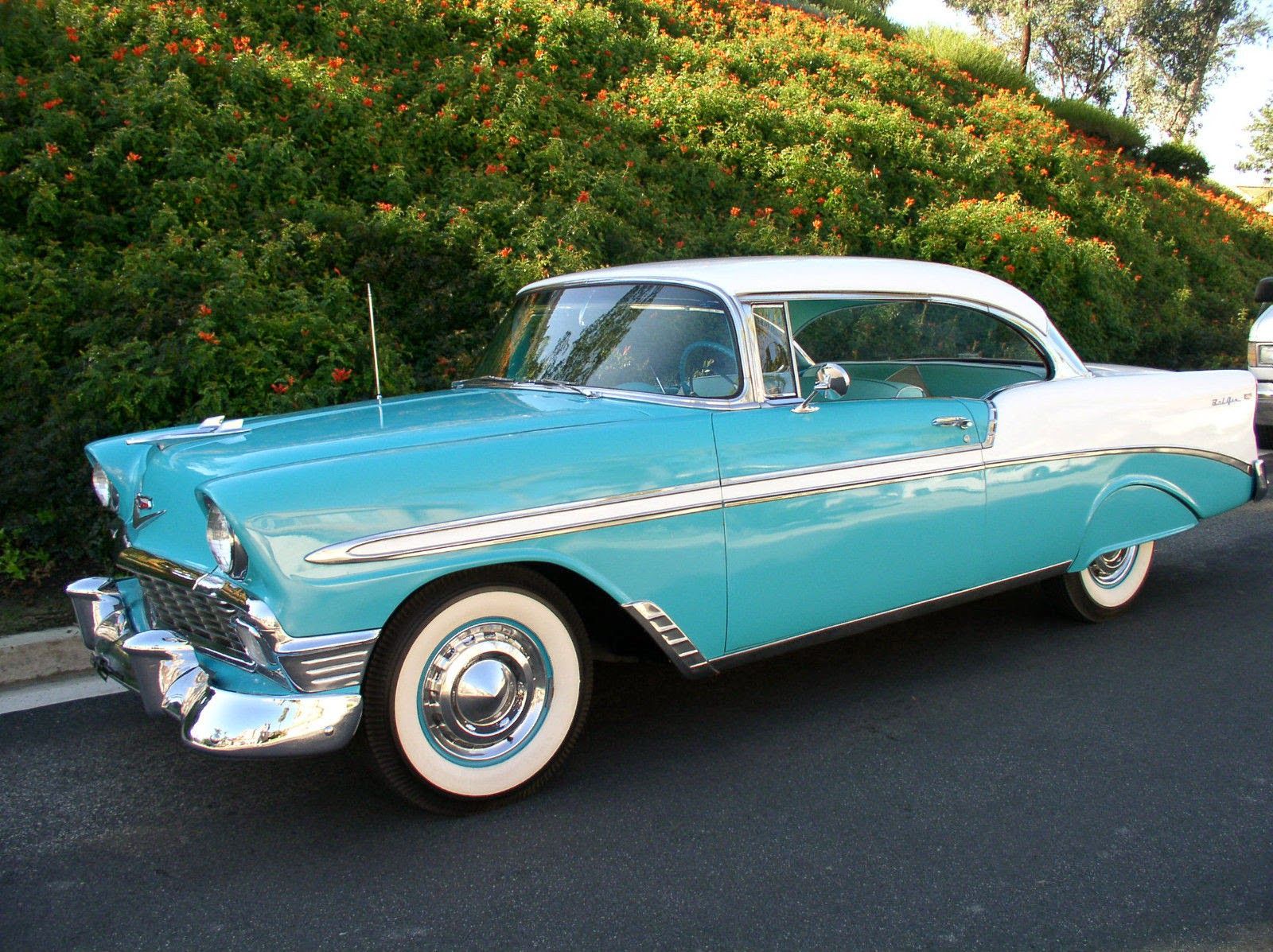
When it comes to classic cars, there’s a relentless, silent enemy that every enthusiast must confront: rust. This pervasive foe doesn’t discriminate, relentlessly compromising a cherished vehicle’s beauty, structural integrity, and ultimately, its market value. A gleaming paint job and polished chrome can, heartbreakingly, often hide one of the most destructive forces at play, transforming what appears to be a dream car into a costly nightmare.
For those captivated by vintage automobiles, understanding rust isn’t just about aesthetics; it’s about protecting passion and investment. Whether considering your first classic car purchase, expanding a prized collection, or simply preserving an existing gem, knowledge of rust—its forms, hiding spots, and insidious impact—is crucial. It’s the difference between a rewarding ownership experience and a significant financial pitfall.
This in-depth guide aims to equip you with expert knowledge to navigate the challenges posed by corrosion. We’ll delve into its nuances, reveal concealment tactics, explore regional vulnerabilities, and arm you with an essential inspection checklist. By the end, you’ll be better prepared to identify hidden issues, understand true repair costs, and ensure your automotive treasure truly lives up to its promise.
1. **Understanding Rust: Surface vs. Structural**Not all rust poses the same threat. The mildest form, surface rust, appears as orange-brown patches on exposed metal where paint has chipped or worn away. While unattractive, it only affects the outermost layer of metal. If caught early, it can often be cleaned, sanded, and sealed before it spreads.
Cars stored in humid environments frequently develop surface rust on bolts, brackets, and suspension components. These issues are typically more cosmetic than structural. Addressing them promptly prevents escalation but usually doesn’t compromise the vehicle’s fundamental safety or integrity.
In stark contrast, structural rust is far more serious. It develops when corrosion penetrates deep into the metal, fundamentally compromising the strength of critical components. This type of rust is commonly found on rocker panels, frame rails, suspension mounts, and floor supports, areas vital for the car’s structural integrity.
Structural rust can lead to weakened body rigidity, misaligned doors, and unsafe handling. In severe cases, it can cause outright failure of load-bearing parts, posing significant safety risks. The easy rule of thumb remains: surface rust affects appearance, structural rust affects safety; never accept compromised structural integrity.

2. **Common Rust Hotspots in Classic Cars**Classic cars, especially those several decades old, are prone to rust in predictable places. Knowing these common hotspots is essential for a thorough inspection. These locations accumulate moisture and debris, becoming prime targets for corrosion over time.
One primary area is the rocker panels. These low-slung panels easily trap moisture and road debris, making them among the first to corrode. Their position makes them highly vulnerable to constant exposure, and rust here can be an early indicator of wider issues.
Floor pans are another critical hotspot. Water leaks from windows or weatherstripping frequently pool in footwells, quietly eating away at the metal beneath the carpet. This damage often goes unnoticed for extended periods until it becomes severe, compromising the car’s structural base.
Wheel wells and fenders face constant exposure to road spray, dirt, and salt, rendering them especially vulnerable. Additionally, the trunk floor and spare tire well can suffer serious rust damage from a leaking trunk seal, leading to unnoticed pooling. Under the hood, moisture and engine heat can cause corrosion around the firewall, battery tray, and other engine bay components, necessitating a careful inspection with a flashlight and, if possible, a magnet.
Read more about: Beyond the Manual: 14 Genius Car Hacks Every Driver Will Wish They Knew Sooner to Master the Road
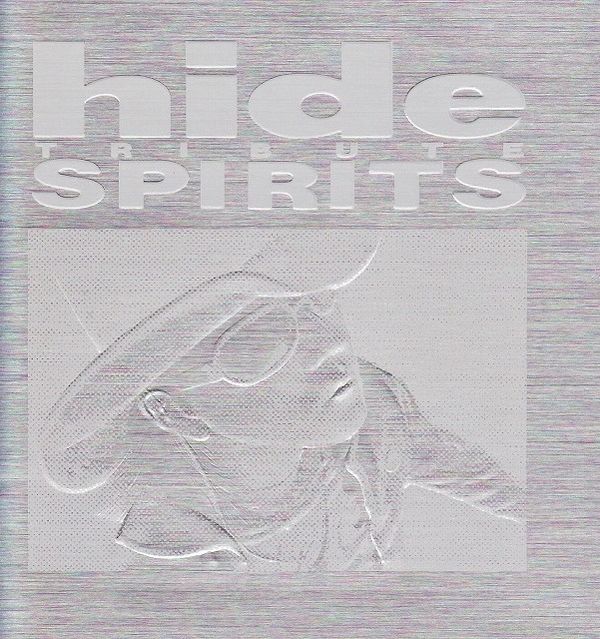
3. **How Sellers May Try to Hide Rust**Unfortunately, not every seller is upfront about a vehicle’s condition, and some may attempt to disguise rust problems for a quick sale. Buyers must be vigilant and aware of these common deceptive tactics to avoid unforeseen expenses and potential hazards.
Fresh paint jobs are a frequent concealment method. A glossy exterior might look appealing, but if applied recently, it could be skillfully hiding bubbling or patched rust beneath. It’s a cosmetic cover-up that masks underlying, more severe problems that could emerge soon after purchase.
Heavy undercoating can also be suspicious. While undercoating offers protection, an unusually thick or freshly applied layer may be an attempt to conceal corrosion, filling in holes or covering weakened metal. Always investigate the uniformity and texture of the undercoating.
Body filler is another common disguise for rust holes. These are sometimes patched with filler and smoothed over to appear solid. A magnet that doesn’t stick to certain panels can effectively help detect this. Additionally, covering problem areas with trunk or floor mats, or using strategic lighting in photos, can make rust damage less visible at a glance, requiring buyers to look beyond superficial presentations.
Read more about: Beyond the Red Carpet: 12 Unforgettable Hollywood Stars Whose Off-Screen Lives Were Anything But Ordinary
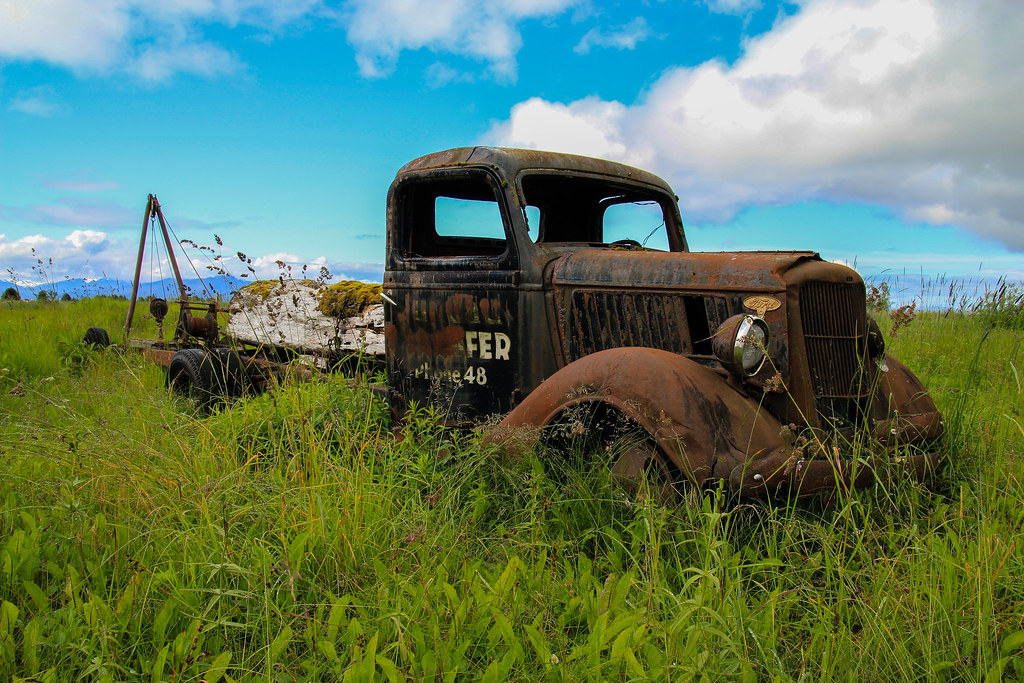
4. **Regional Rust Risks and Their Impact**Where a classic car has lived plays a huge role in how much corrosion it may have endured. Rust doesn’t attack all cars equally; environmental factors significantly influence its progression, making a car’s geographical history a crucial element in its assessment.
Northern states with heavy snowfall often rely on road salt and chemical de-icers, which dramatically accelerate rust. Cars from states like Michigan, Ohio, and New York are notorious for corrosion issues. These vehicles require extra scrutiny, as their metal has been subjected to constant chemical assault.
Coastal states, such as Florida, Texas, and the Carolinas, present a different challenge. Salt air and high humidity create a constant risk for rust, even if the car was rarely driven in winter conditions. The pervasive moisture and salinity in the atmosphere work ceaselessly to corrode metal surfaces over time.
Midwestern states like Illinois, Wisconsin, and Minnesota offer a challenging mix. Their humid summers and snowy winters expose classics to both moisture and road salt—two major rust accelerators. In contrast, Southern dry states like Arizona, Nevada, and New Mexico are much kinder to metal, which is why “Southwestern cars” are highly sought after, often having significantly less rust.
Read more about: Navigating the High Costs: Unpacking the 13 States Where Your Car Insurance Rates Soar
5. **The Long-Term Cost of Rust Repair**Rust repair is consistently one of the most expensive aspects of classic car ownership. What begins as a seemingly small issue can rapidly escalate into a substantial financial burden, demanding significant investment in time, labor, and materials. Ignoring rust during purchase can quickly erase the value of your investment.
Minor cosmetic repairs, like sanding and repainting small areas, might cost a few hundred dollars. However, structural rust repair is far more complex and costly. It often involves cutting out affected metal and welding in new sections, a process requiring specialized skills and equipment.
What looks like a small bubble of rust today could easily turn into thousands of dollars in welding, intricate bodywork, and comprehensive repainting tomorrow. Labor costs for skilled technicians are substantial, and sourcing authentic replacement panels for classic vehicles can add another layer of expense and complexity.
The cumulative expenses of addressing significant rust damage—from cutting and welding to filling, sanding, priming, and then the final paint application—can easily surpass the vehicle’s original purchase price. This diminishes its long-term viability and profitability, emphasizing the critical need for a thorough pre-purchase assessment to avoid a money pit.
Read more about: 15 Essential Car Maintenance Checks to Shield Your Wallet and Drive Safely: A Consumer Reports Guide to Preventing Roadside Breakdowns
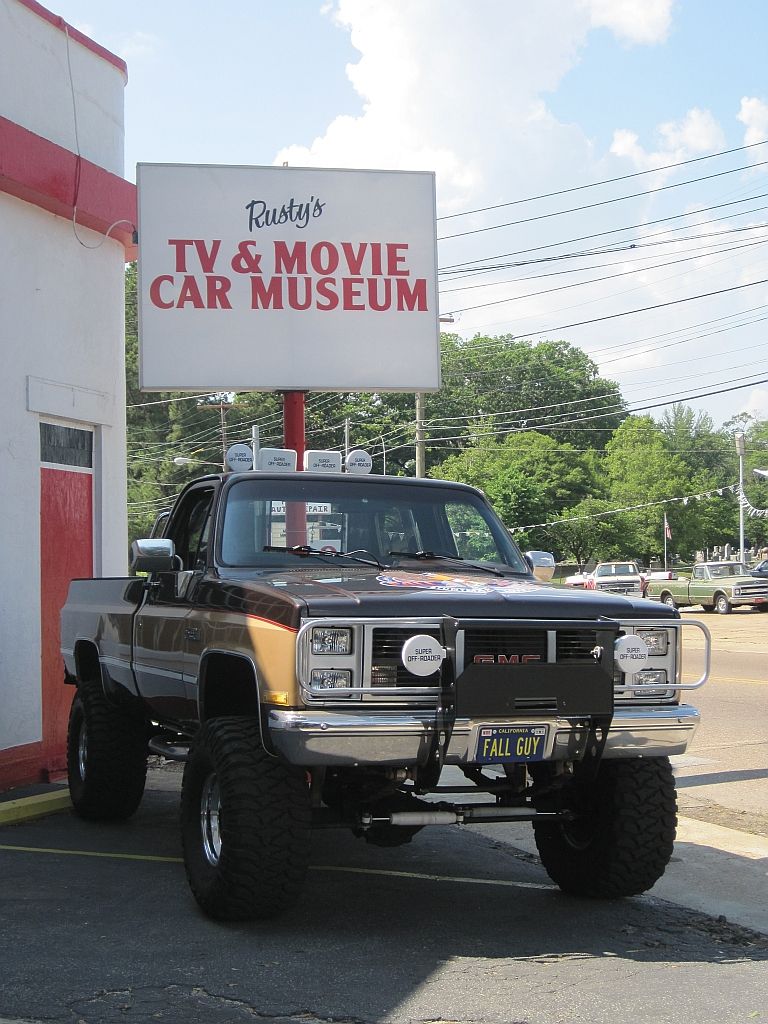
6. **Your Essential Buyer’s Rust Inspection Checklist**When evaluating a classic car, a meticulous inspection for rust is absolutely non-negotiable. To ensure you don’t overlook critical warning signs, keeping a comprehensive buyer’s rust inspection checklist in mind is invaluable. This systematic approach helps cover all vulnerable areas and detect potential issues.
Begin by checking common rust hotspots: rocker panels, floor pans, wheel wells, trunk well (including spare tire area), and under the hood (firewall, battery tray). Look for visible rust, bubbling paint, or surface inconsistencies. These are often the first places to show signs of corrosion.
Equip yourself with a flashlight and a magnet. Use the flashlight to illuminate hidden crevices. The magnet detects hidden body filler; if it doesn’t stick firmly to a metal surface, filler may be masking rust. Also, inspect the undercarriage for uneven texture, suspicious bubbling paint, or overly thick undercoating, all potential signs of concealed problems.
Crucially, delve into the car’s history. Ask for underbody photos if buying remotely. Review its regional history; cars from snowy or coastal states demand closer inspection. Always lift mats, carpeting, and trunk liners to reveal any hidden signs of moisture or existing rust. Be cautious of fresh paint; inquire about its application date and reason. This checklist is a guide, but not a substitute for professional inspection.
Read more about: Red Flag Rides: 12 Critical Warning Signs Every Used Car Shopper Needs to Heed
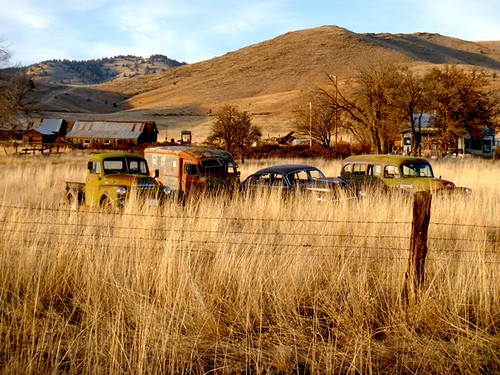
7. **The Importance of Professional Pre-Purchase Inspections**Despite an enthusiast’s keen eye, rust is inherently sneaky, and even the most careful buyer can miss critical signs. This is precisely why a Classic Car Pre-Purchase Inspection from an experienced professional serves as the best safeguard against making a costly mistake, offering an objective, expert assessment.
Specialized organizations like Auto Appraisal Group (AAG) employ inspectors with unparalleled understanding of rust’s hiding spots and how to differentiate between harmless surface rust and dangerous structural corrosion. Their expertise provides essential scrutiny when investing in a classic vehicle, ensuring no detail is overlooked.
These professionals provide a detailed, comprehensive report. This equips you with precise information to buy with unwavering confidence, armed with the full truth about the vehicle’s condition. Conversely, it empowers you to walk away from an unseen money pit, saving significant future expenses and heartache, making it a powerful negotiation tool.
With professional inspection insights, you identify hidden issues before committing, understand if rust is a minor repair or major red flag, and negotiate fairly with accurate documentation. Ultimately, it protects your investment by helping you avoid cars with unsafe or profoundly costly hidden damage, transforming a risky gamble into a truly rewarding experience.
Building upon the critical initial detection, understanding comprehensive strategies for rust management and value evaluation is paramount for any classic car enthusiast. This section dives into the nuanced world of rust treatment, repair processes, crucial prevention tactics, and ultimately, how to accurately assess a rusty car’s true market and collector potential, ensuring your automotive journey is both rewarding and financially sound.
Read more about: Beyond the Factory Floor: Unpacking the Essential Insurance Policies for Your Custom Vehicle Upgrades
8. **Unpacking the Different Forms of Rust and Their Severity**Beyond the foundational distinction between surface and structural rust, corrosion manifests in specific, progressive forms, each demanding a tailored approach. The mildest iteration is surface rust, appearing as small spots or discoloration on the paint. This initial stage is often the easiest to treat, typically requiring minimal effort to fix if addressed promptly, preventing further degradation of the metal.
Should surface rust be left unattended, it inexorably progresses to scale rust. At this juncture, the metal begins to flake or bubble, indicating a more deeply embedded corrosive process. This form of rust signifies that the damage is more extensive than a mere cosmetic blemish and demands more intensive vintage car restoration services to effectively halt its advance and restore the affected area.
Penetrating rust represents the most severe and alarming form of corrosion. Here, the rust has consumed the metal entirely, eating through panels and compromising the structural integrity of your cherished classic car. This level of damage demands immediate and often professional intervention, as it directly impacts the vehicle’s safety and fundamental strength, making it a critical concern for any owner or prospective buyer.
Read more about: Navigating the High Costs: Unpacking the 13 States Where Your Car Insurance Rates Soar

9. **Conducting a Comprehensive Rust Inspection: Where to Look and What to Use**Rust, a master of concealment, loves to lurk in the most inaccessible and overlooked areas of a classic car, making a meticulous and systematic inspection absolutely crucial. Your initial focus should be on common rust-prone zones, which are typically areas that collect moisture, dirt, and debris. These include the wheel wells, floor pans, door sills, the entire undercarriage, and the vulnerable areas around windows and seals.
To effectively uncover these hidden threats, equip yourself with the right diagnostic arsenal. A powerful flashlight is indispensable for illuminating dark crevices, while a small mirror can help peer into tight spaces. A screwdriver isn’t just for tightening; it can be gently used to probe for soft spots or potential holes, indicating compromised metal. Crucially, a magnet is your silent detective, helping to identify areas where metal has thinned due to corrosion or, more suspiciously, where body filler has been used to mask damage.
Throughout this detailed exploration, documenting your findings is a non-negotiable step. Take clear photos and thorough notes of any suspect areas, noting their location and perceived severity. This systematic record-keeping allows you to create an accurate repair plan, prioritize the areas that need immediate attention, and provides invaluable reference points for future restoration efforts or for discussions with a professional.
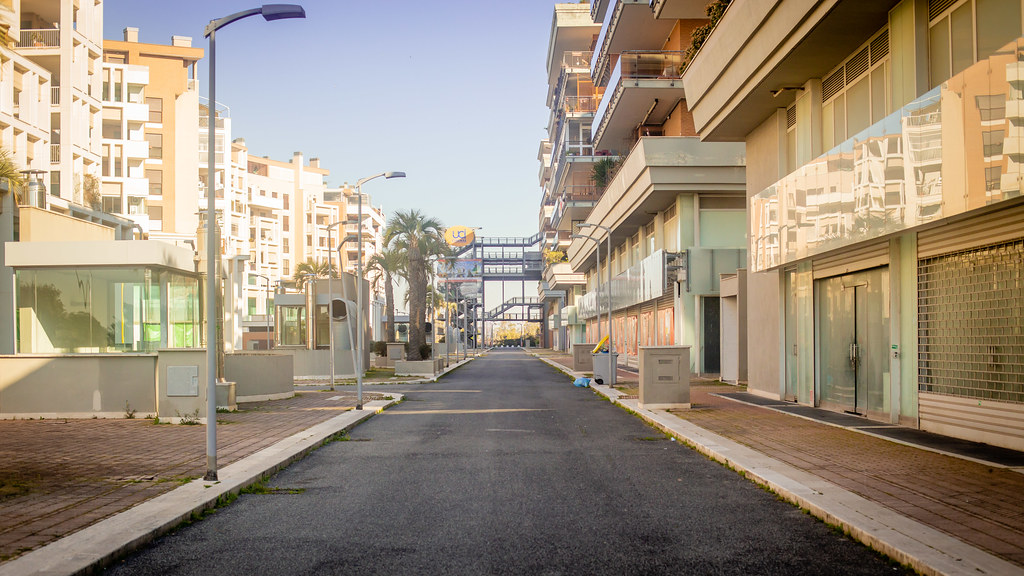
10. **Arming Your Workshop: Essential Tools and Materials for Rust Repair**Successfully battling rust requires more than just good intentions; it demands the right arsenal of tools and materials tailored to the task at hand. For the physical removal of rust, your workshop should be equipped with abrasive implements such as wire brushes, which are excellent for surface-level scrubbing. Sandpaper, ranging in grits, is crucial for smoothing and preparing surfaces, while an angle grinder becomes indispensable for more aggressive removal of stubborn rust and cutting away severely compromised sections of metal.
Once the physical rust has been addressed, a range of specialized rust treatment products comes into play. Rust converters are chemical compounds designed to neutralize any remaining rust, transforming it into a stable, paintable surface. Following this, high-quality primers are essential for preparing the metal for subsequent coats, offering an additional layer of corrosion protection. Finally, durable sealants are vital for safeguarding the treated areas from future moisture ingress and environmental exposure.
For advanced stages of corrosion where metal has been extensively compromised, the need for replacement parts becomes critical. Sourcing patch panels specifically designed for your classic car’s make and model is ideal for maintaining authenticity and fit. Alternatively, new metal sheets can be fabricated and shaped to replace large, unsalvageable sections, ensuring the structural integrity and aesthetic fidelity of the vehicle are fully restored.
11. **Tackling Surface Rust: A Step-by-Step Guide to Early Intervention**Surface rust, the mildest form of corrosion, is also the easiest to tackle, but swift action is key to preventing its escalation into more destructive forms. The process begins with meticulous preparation: thoroughly clean the affected area with soap and water to remove dirt, grease, and loose debris. After cleaning, it is absolutely crucial to dry the area completely, as any residual moisture can sabotage subsequent treatment efforts and even accelerate new rust formation.
Once the area is clean and dry, the next step involves mechanical removal of the loose rust and compromised paint. Utilize sandpaper, starting with a coarser grit and progressing to finer grades, or a wire wheel attachment on a drill or grinder. The goal is to diligently sand or grind away all visible orange-brown patches, exposing clean, bare metal beneath. This ensures that no active rust remains to undermine future coatings.
To neutralize any microscopic rust particles and create a stable foundation, apply a chemical rust converter to the prepared metal surface. These products chemically react with rust, converting iron oxides into an inert, black, polymer coating. Once the converter has cured according to the manufacturer’s instructions, the surface will be properly prepared and sealed, ready for subsequent layers of primer and paint to restore both the protection and the aesthetic appeal of the vehicle.
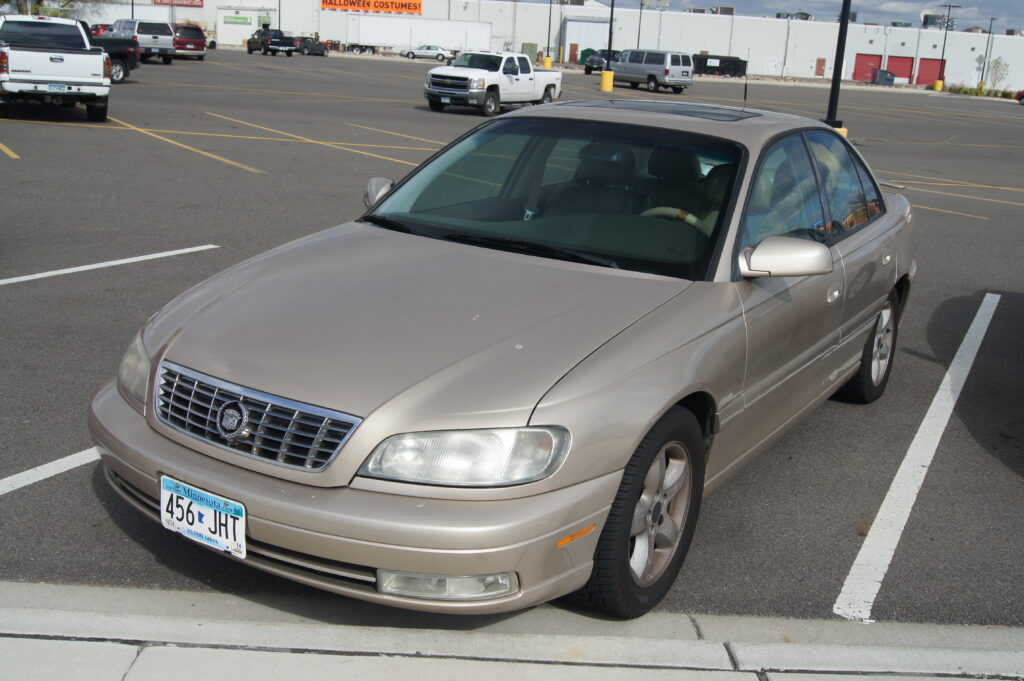
12. **Restoring Integrity: Repairing Scale and Penetrating Rust**Addressing more advanced forms of rust, specifically scale and penetrating corrosion, requires a more involved and often surgical approach to restore the vehicle’s integrity. The fundamental principle is to remove all compromised metal. This means using a grinder or specialized cutting tool to cut out the rusted sections entirely, ensuring you cut back to clean, solid metal where no signs of rust remain. Failing to remove all rusted material will inevitably lead to the recurrence of corrosion.
Once the damaged sections are removed, new metal must be meticulously integrated. This typically involves welding in precisely fitted patch panels or new metal sheets to replace the excised areas. Ensuring a secure and structurally sound fit is paramount for the vehicle’s long-term durability and safety. If you lack extensive experience or specialized welding equipment, this complex stage is a prime opportunity to consult or enlist the expertise of a professional, as improper welding can introduce new structural weaknesses.
Following the welding and shaping of the new metal, the repaired area requires robust protection against future corrosion. Apply seam sealer to all newly welded joints to prevent moisture intrusion. This is followed by a high-quality automotive primer, which provides a critical barrier and prepares the surface for paint. The final step is a professional-grade paint job, carefully matched to the original finish, which not only restores the car’s appearance but also seals and protects the newly restored metal.
13. **When to Call the Experts: Recognizing the Need for Professional Rust Restoration**While many classic car enthusiasts embrace DIY repairs, there comes a point where the complexity and severity of rust issues demand professional expertise. A clear indicator to seek professional help is when rust has compromised the vehicle’s structural components. If corrosion has visibly weakened the frame, chassis, suspension mounts, or other critical load-bearing parts, driving the car becomes unsafe, and only a specialist should undertake such repairs to ensure structural integrity is fully restored.
Similarly, extensive bodywork or intricate welding, particularly in highly visible or structurally significant areas, is often best left to experienced restorers. These repairs require specialized skills, precision equipment, and a deep understanding of automotive metallurgy and body panel alignment to achieve seamless, lasting results. Attempting complex repairs without the necessary expertise can inadvertently create more problems, diminish the car’s value, and compromise its safety.
Specialized restoration shops possess the knowledge, equipment, and highly trained technicians capable of addressing the most challenging rust repair and prevention services. They can accurately diagnose the full extent of hidden damage, perform precision cutting and welding, and apply professional-grade protective coatings. Entrusting your classic car to such experts ensures that repairs are not merely cosmetic but fundamentally sound, preserving both the vehicle’s value and your peace of mind.
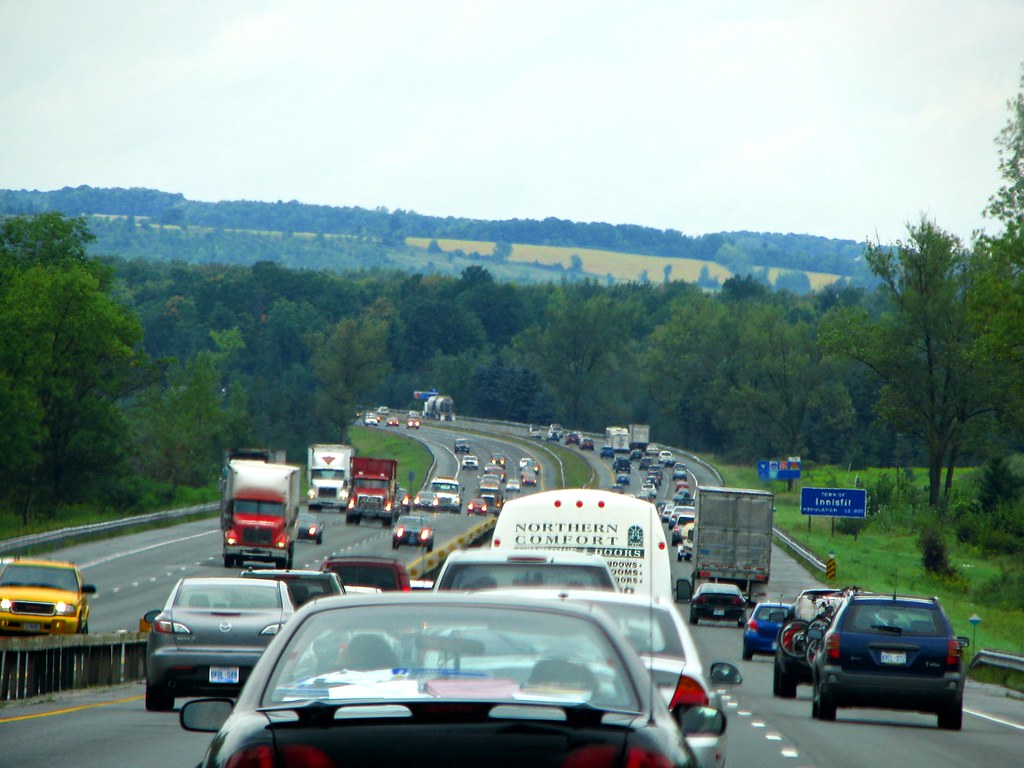
14. **Proactive Preservation: Strategies to Prevent Future Rust Development**The most effective defense against rust is a robust, proactive prevention strategy, stopping corrosion before it ever takes hold. A cornerstone of this approach is regular and thorough cleaning of your classic car. This means not just washing the exterior but paying special attention to the undercarriage, wheel wells, and other hidden areas that accumulate road grime, salt, and moisture, especially after driving in adverse or corrosive conditions.
Beyond basic cleaning, applying specialized protective coatings creates an essential barrier against the elements. Rust inhibitors, which can be sprayed into cavities and hard-to-reach areas, actively fight corrosion. Durable undercoating provides a robust physical shield for the chassis, while regular applications of automotive wax or ceramic coatings on painted surfaces repel moisture and environmental contaminants, drastically reducing the chances of surface rust forming.
Proper storage is another non-negotiable aspect of rust prevention. Always endeavor to keep your classic car in a dry, climate-controlled environment, such as a garage, where humidity levels can be managed. If a garage is not an option, investing in a high-quality, breathable car cover can offer significant protection against moisture, dust, and UV exposure, mitigating the factors that accelerate corrosion.
Finally, staying vigilant and proactive forms the continuous loop of effective rust management. Make routine rust checks a fundamental part of your car’s maintenance schedule, meticulously inspecting all common hotspots. Addressing even the smallest rust spots as soon as they appear can prevent them from escalating into major problems. Furthermore, engaging with classic car communities—whether online forums or local clubs—can provide a wealth of shared knowledge and innovative rust prevention tips and tricks from fellow enthusiasts.
15. **Decoding Value: Evaluating a Rusty Classic Car’s Market and Collector Potential**Assessing whether a rusty classic car is a diamond in the rough or a financial black hole requires a sophisticated understanding of its market and collector potential, a deep dive into factors beyond its immediate appearance. The initial step in this valuation journey is a meticulous rust damage assessment. This involves evaluating the full extent of corrosion, distinguishing carefully between manageable surface rust and structurally compromising, penetrating rust. The depth and location of the rust directly dictate the projected repair costs and, by extension, the car’s ultimate worth.
Next, a comprehensive market value analysis is essential. This entails comparing the vehicle in question with similar rusty classic cars on platforms like Craigslist, eBay Motors, or specialty auction sites. Analyze their asking prices, demand, and selling trends, recognizing that rusty vehicles often appeal to specific buyer segments such as DIY enthusiasts or professional restorers. Understanding these market dynamics helps establish a realistic baseline for the car’s current value and its potential after restoration.
The “repair vs. sell” dilemma then comes into sharp focus. Weigh the estimated cost of restoration against the potential resale value of the fully restored vehicle. This is where the car’s collector’s potential becomes critical; rarity, model desirability (driven by cultural significance, iconic design, or historical importance), and overall classic car market interest can justify substantial repair investments. For a truly rare or highly sought-after model, restoration can significantly amplify its value, whereas for a common vehicle, repair costs might quickly outweigh any potential return.
Crucially, safety and legality must factor heavily into the valuation equation. Rust that compromises structural integrity, such as on the frame or suspension mounts, or affects critical safety systems like brake lines, can render a vehicle unsafe and, in many jurisdictions, illegal to drive. Such profound damage can severely diminish a car’s value, transforming it from a potential investment into a significant liability. A professional pre-purchase inspection is indispensable to accurately gauge these risks and make an informed decision.
Ultimately, while rust may be the silent value killer of classic cars, it doesn’t always spell disaster. With a diligent, informed, and strategic approach—combining expert assessment of damage, a clear understanding of market dynamics, astute evaluation of repair versus potential value, and an unwavering commitment to safety and legality—enthusiasts can transform a potentially risky purchase into a truly rewarding journey, preserving a piece of automotive history for generations to come. Your passion, when guided by expertise, ensures that your automotive treasure thrives, not just survives.

